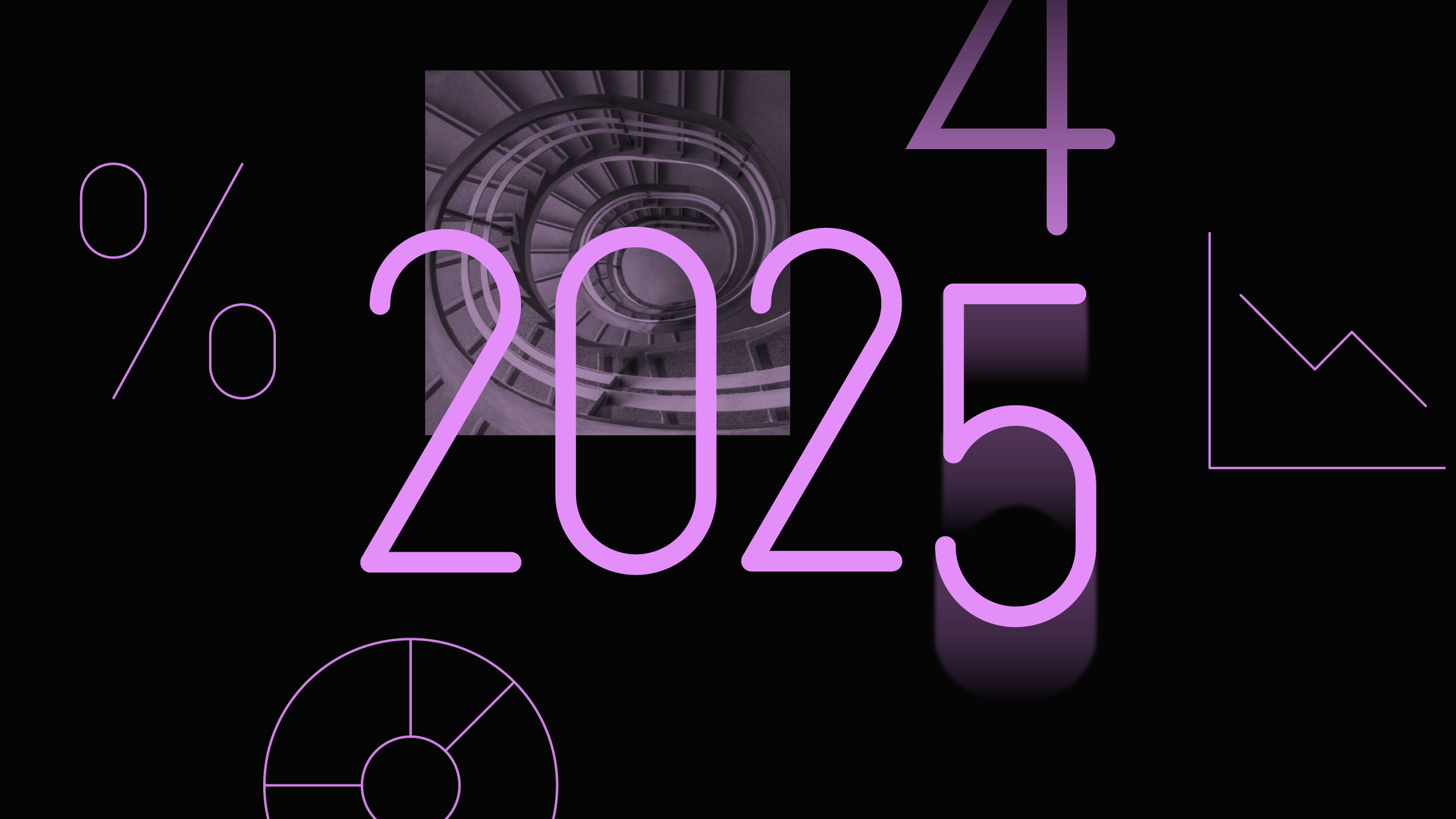Jeremy Glaser: For Morningstar, I am Jeremy Glaser. The Treasury market has been under laser focus during the recent market turmoil. I'm very pleased to be joined today by Jeffrey Gundlach. He's the CEO and chief investment officer of DoubleLine Capital and we'll take look at the markets.
Jeffrey, thank you so much for taking the time today.
Jeffrey Gundlach: Glad to be here.
Glaser: So my first question for you is this Standard & Poor's downgrade of U.S. sovereign debt. What's your take on that? Is this something that really is going to have a major impact on bond investing?
Gundlach: The downgrade of the U.S. Treasuries by S&P is just silly in my opinion. The rating agency's job is historically to opine on the payback ability of various entities and one thing seems fairly clear to me is that the United States certainly has the ability to pay back its debts. Obviously, Treasury Department can just run the printing press if it comes to that.
So there's no reason whatsoever to downgrade the U.S. Treasury. What S&P has really done I think is to opine on the value of the dollars on which you're paid back, which isn't really the firm's job. Its job isn't to make forecast about currencies or commodities. It's job is to talk about the probability of payback, and the probability of payback is 100%.
So what you've really had is downgrade of the dollar. You could also say that S&P thinks there might be a voluntary default, based upon politicians' attitudes as revealed in the shenanigans with the debt ceiling, but I think that that's just incredibly unlikely. What it really kind of means, though, is it's a signpost on the way toward building momentum, toward potentially dealing with the deficit problems that we've all talked so much about during the last several quarters.
There's been movement in that direction, kind of incrementally, but movement in that direction ever since the election last fall when the Tea Party folks were voted in, in the sweep of Congress. That was the first sign of society had an awareness of the deficit problem and was thinking about doing something about it.
Then, you've had this downgrade, which also is putting extra pressure on the politicians, and of course the whole debt-ceiling shenanigans showed at least a respect for the voters' attitude about deficit worries, and if you're going to address the deficit problem even incrementally, low Treasury bond yields make tremendous sense, because addressing the deficit fairly clearly leads to weaker economic growth.
Already, we have $350 billion of fiscal drag coming our way in 2012 if policies are not changed with the sunsetting of tax cuts from the Bush era and also from the payroll tax reduction that was put in place at year-end 2010. $350 billion of fiscal drag is a lot, particularly when we're living with de minimis GDP growth to begin with, in the first half of 2011. Let's remember, the first half of 2011 GDP growth was a beneficiary of stimulus.
So absent the stimulus, GDP growth would be negative already, and we have fiscal drag coming. So that's really what's happening here as the markets are building in terms of their respect for the potential weakness of the U.S. and the global economy.
Glaser: So, certainly, Treasury yields have fallen on the downgrade. Investors don't seem to be too worried about their ability to get paid back. You had said some time ago that you expected Treasuries actually to perform fairly well. Do you think that story has played out? Do you think that for investors in Treasuries today; is that the place to be putting money to work in fixed income?
Gundlach: It's really hard to say at this juncture. It's really going to be a question of how the politicians respond to what's going on. If there are additional incremental moves toward addressing the deficit, then Treasuries are a buy even at today's low-yield levels of about 2.4% on a 10-year. I mean, believe it or not, because if Congress is really going to make incremental progress on the deficit, then the economy is going to be mired in a very low-growth mode for years to come, if they're really going to do that.
However, if the market turmoil, which is evident to everyone at this point, gets worse or continues, then it's always possible that the politicians or the Federal Reserve ends up with some sort of a stopgap measure to temporarily boost the economy in the markets again, the risk markets, and if that's the case, then Treasury yields are going to go up.
I hate to sound like an economist, saying on the one hand and on the other hand. But it really is true that at this juncture, one has to pay very close attention. So the good news for our investors is we've been respectful of this situation all year and really for the past three years. So our portfolios are set up to handle either outcome at least in a reasonable way.
In other words, we have advised all investors to have part of their portfolio positioned for a low-growth, deflationary outcome, and another part of a portfolio that has, what you might call, inflation protection or that can at least be able do reasonably well should there be more of a stimulus to pump up short-term markets in inflation.
Glaser: So looking at a potential monetary stimulus, do you think there's any chance that the Federal Reserve is going to start a third round of quantitative easing, or do you see that as somewhat of a remote possibility?
Gundlach: I think it's very remote at the present time. It just seems to be almost counterproductive. QE2 came and went, and it's hard to see what the benefit of it was. We're basically at the same level now in equities as we were at the beginning of QE2. Bond yields are now kind of where they were at the beginning of QE2. It kind of looks like it was just one big balloon inflating and then deflating when it went away, and it just ended, what six weeks ago.
It wasn't a long time ago that QE2 ended and lot of people were saying that even that should have been curtailed. It just doesn't seem that politically possible to roll out another QE3 type of programme. The Fed might do something else to stimulate the economy. I think that's much more likely than just repeating what looks like it was something of a failed exercise. I could see further tax holidays. I could see mortgage tax credits being expanded, things like this more likely than a QE3 programme.
Glaser: Now looking at the high-yield market, what's your take there? Does it make sense for investors to look at junk bonds excuse me at the moment, or is that an area that you think investors should avoid?
Gundlach: Well the junk bonds certainly have performed badly, and they've got much cheaper as Treasury yields have fallen and Treasury prices have gotten richer. So junk bonds make a lot more sense today than they did in March or April, when I thought they were the most overvalued in the history of the junk bond market. I think junk bonds, though, are probably going to struggle along with equities in the next several weeks. I wouldn't be an immediate buyer. We had a panic-low in everything Monday, and it's sensible that we would see some sort of upmoves after those types of declines.
But really, I don't think that you have a 600-plus point drop in the Dow Jones industrial average and that's the day of the bottom. Typically, these things have to kind of churn and burn for a while down to lower levels and I think that's true of all risk markets. So, as markets get cheaper, though junk bonds do become at today's prices, a better inflation hedge certainly than they were back in March or April. Now that's a market that at least have some fear now priced into it, and if you get into a better economy or stimulus programme or some inflation, then the fundamentals are incrementally better for junk bonds. So I'm not a buyer today, but I'm more neutral on the market than I was back earlier in the spring of this year.
Glaser: Then briefly, if you had to put a percentage probability on the chance of that, low-growth scenario versus the stimulus inflationary scenario, what do you think the chances of each of these occurring are?
Gundlach: I think the probabilities greatly favour a low-growth environment or a recessionary environment in the near term. And it does seem to me that there is building momentum to address the deficit at least incrementally, and that will be part of what leads to that sustained slow-growth environment, where the real trick is going to be for all of us in the investment world to try to ascertain when the society's tolerance for the pain of a low-growth austerity type of economy really reaches its end. At that point, the inflationist argument becomes much more plausible and the higher-rate environment becomes much more plausible. I'm not sure if it leads to growth exactly, but it could lead to an inflationary outcome.
So the dollar momentum on the economy is undeniable right now. We haven't even talked about Europe, which is really probably the most important issue right now, which is certainly a big part of the turmoil that we’re experiencing today. I mean, all of these things together favour a low global economic growth which is very much the higher probability in the months and couple of quarters ahead.
Glaser: So, you really see Europe as being the catalyst that could potentially be driving growth slower and worries about sovereign debt there?
Gundlach: Yes, the global, the European banking system is definitely at risk here. The peripheral countries, Greece, Portugal, Ireland, and perhaps even Spain and Italy, I mean the exposure of the European banks, to that sovereign debt is extremely dangerous should there be defaults at the periphery. And you can see it in the action of the banking stocks in the United States but even more powerfully in Europe in the last couple of weeks. Also I note that there are riots occurring in the United Kingdom and there have been riots in the periphery of Europe. I mean, these are not good developments. So those issues are certainly part of the global sell-off in risk. I would actually say that's the number-one factor.
The downgrade by S&P just happens to have compounded those problems, with a sort of left hook after the right cross from Europe. So we really do have a crescendo of risk here and the markets have acted appropriately moving down so massively on the equity markets in the last few weeks. This is probably going to lead to a panic low; it may have happened Monday but it's quite likely that you will see lower prices on risk after whatever rebound we get. I advice investors who are overexposed to risks should use the rally that is likely to be taking place off the panic-low to sell.
Glaser: Jeffrey Gundlach from DoubleLine Capital, thank you so much for joining me today.
Gundlach: Thanks, Jeremy. I look forward to talking to you again soon.
Glaser: For Morningstar, I am Jeremy Glaser.
























